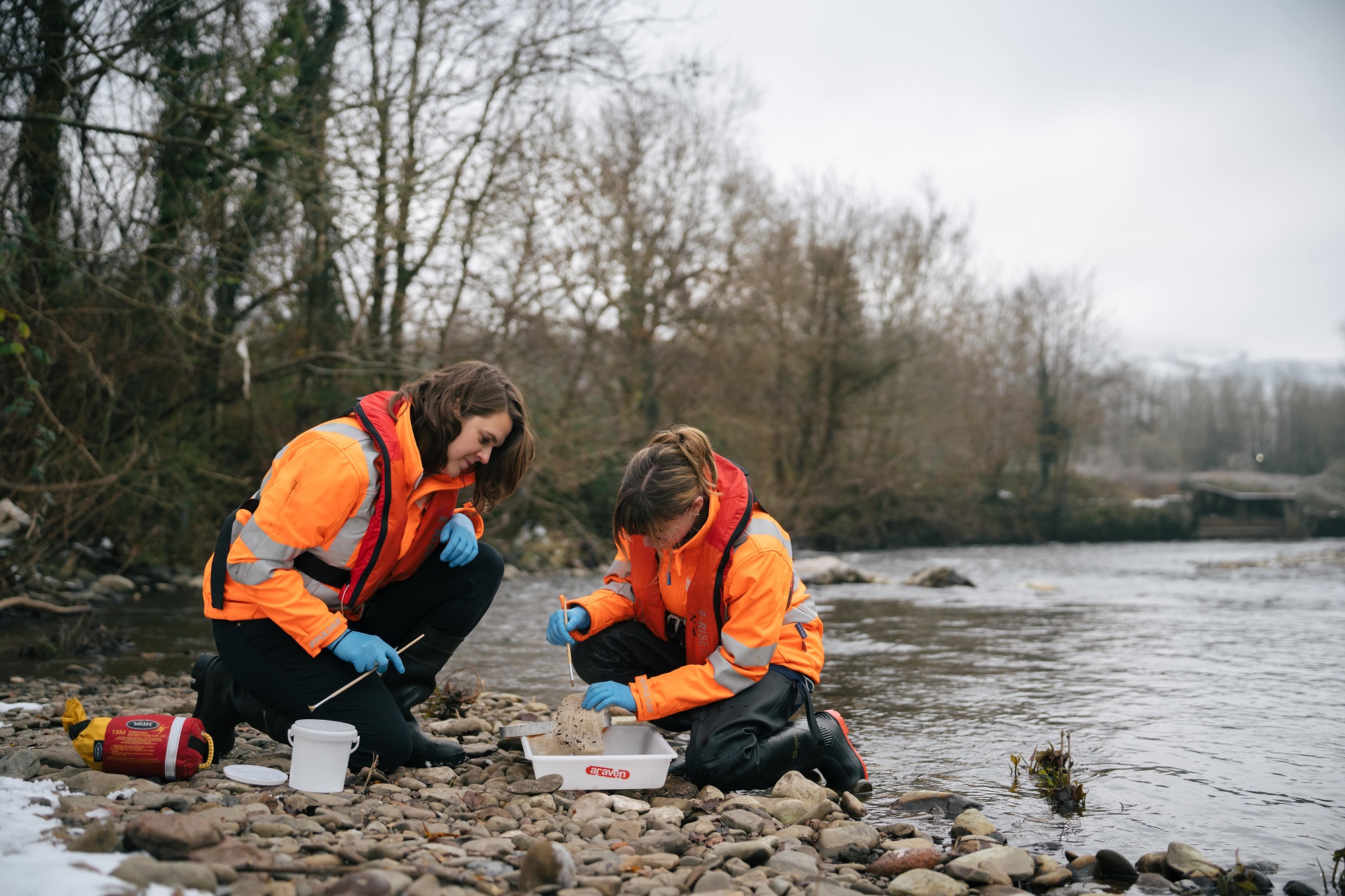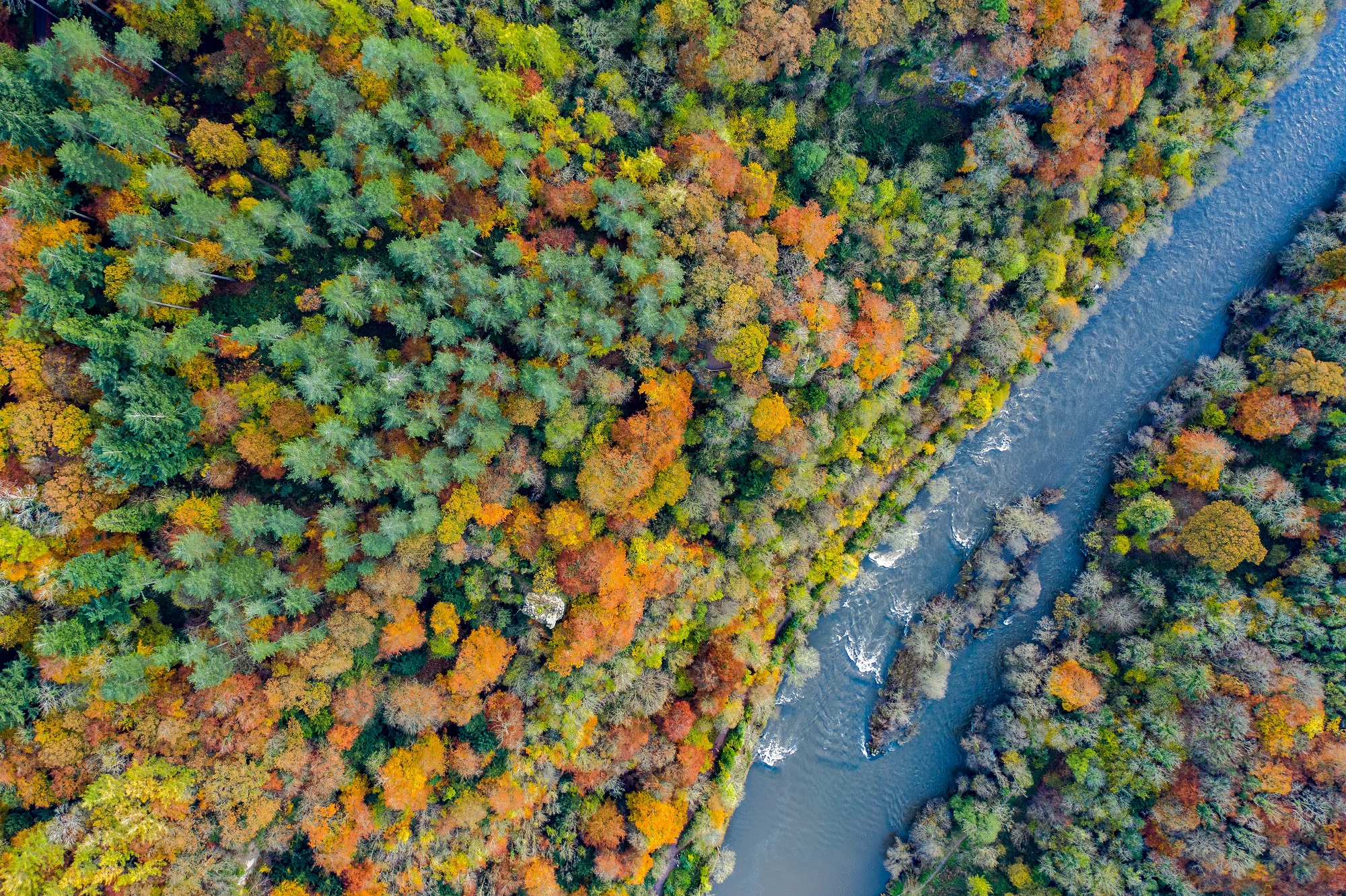Rivers are vital to our health, economy and wellbeing as well as the ecology and biodiversity of the communities we serve.
They also are essential to our operations as a water company because we abstract river water to create drinking water and then return cleaned wastewater to our rivers.
River water quality can be impacted by nutrient levels, chemical pollution such as metals, ammonia, silt, oxygen hungry bacteria, barriers to fish movement, litter and many other things.
Our wastewater treatment works are subject to permits which limit the levels of potentially harmful nutrients and other things that can damage river health in the discharges of treated water. These permits are set by our environmental regulators and can be changed by them when needed, to reflect the changing needs of the river and the latest scientific research. When this happens, we work with our regulators to improve and upgrade our treatment works.
In Wales, currently 44.5% of our rivers are at ‘good’ ecological status, compared to 14% in England. We will continue to make improvements to bring more rivers up to this standard which is defined by regulators.
There are several factors contributing to river water quality which are not within the control of the water industry. These include rainwater run-off, misconnections of sewer pipes, rural land use such as agriculture, and private septic tanks. The ways in which these potential sources of pollution can impact river water quality can be seen in the models we have developed to understand pollution in our SAC rivers.
We will spend an extra £1.9 billion over and above day to day expenditure in our wastewater business over the five years from 2025 to improve river water quality and make other environmental improvements, compared to £1 billion in the previous five years. The money will be focused on where it can have the biggest environmental benefit, with over £1 billion dedicated to reducing the environmental impact of storm overflows.
Most of the investment is required to meet our regulatory obligations under the National Environment Plan (Wales), and the Water Industry National Environment Plan (for our areas in England).





